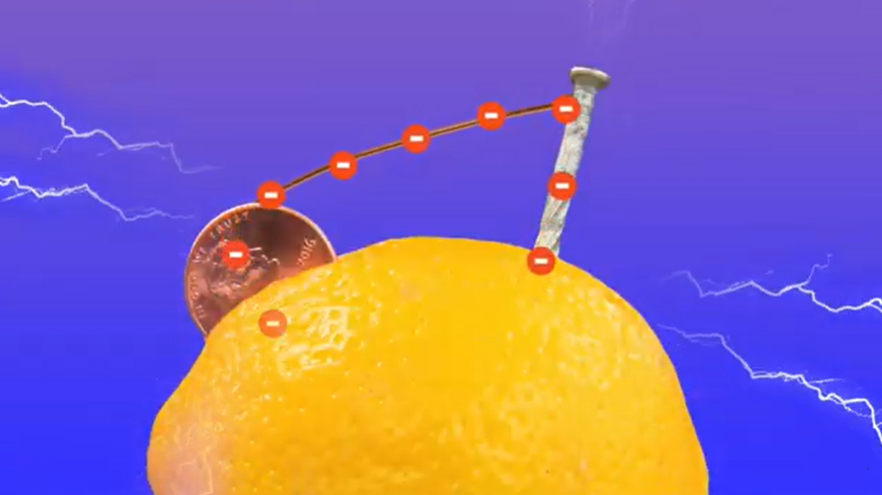
July 30, 2023
by Charles Miller
Almost everyone alive uses rechargeable batteries. Most people are aware there are different kinds, but few understand how one kind is different from another. It is not often that we consumers have a choice as to what kind of rechargeable batteries we use because manufacturers of electronic devices choose what kind of battery they believe best. Still, it can be good to know more about the options just in case you do have a choice. Batteries can be made from many different materials, all the way from dangerously toxic elements to edible citrus fruits.
Of course, I have to briefly explain the latter. If you puncture a lemon or lime with a zinc-galvanized nail and a copper penny then connect wires, enough electric power will be generated to power a small light bulb. Obviously the world's smart phone users are not going to walk around carrying bags of citrus fruit, so in order to satisfy consumer demand the manufacturers of portable electronics create their batteries using materials that are really bad for the environment, elements such as lead, cadmium, and lithium.
Batteries do not necessarily have to be made using toxic materials. A lemon with a couple of pieces of metal is not the only enviro-friendly type. In the 1960s the Ford Motor Company worked on the sodium-sulfur battery that might even out-perform the batteries used in electric vehicles today. It required molten sodium and molten sulfur heated to 300-350 degrees centigrade (662°F) so not something I want to put in my pocket! Beyond these two exotic battery types, there are other types of rechargeable batteries worth mentioning.
Lithium-Ion batteries are the most common type used in portable electronics. However, these can be a fire hazard. Lithium-Ion Polymer (LiPo) batteries are safer but have less capacity. Sometimes you might be given a choice between these types. It is a choice between longer life or better fire safety.
Nickel-Zinc (NiZn) batteries and Nickel-Metal Hydride (NiMH) batteries can both be made from non-toxic materials. Either of these types could become the most popular rechargeable battery if the short lifespan of these types can be improved.
We are all familiar with throw-away alkaline batteries used in flashlights and other devices. Though not popular, there actually exist rechargeable versions of alkaline batteries. Current versions only last for a paltry 25-50 charge cycles before being worn out. If future improvements in the technology find a way to extend this to hundreds of charge cycles then alkaline batteries could become hugely popular.
Among future battery technologies in development is the sodium-ion (NIB or SIB) battery. It does not need toxic and/or expensive elements such as lithium, cobalt, copper or nickel. The raw material sodium is naturally abundant as it can be harvested from salt water.
Battery technology has changed over the years and will continue to do so. After reading this you may better understand what is going on with the rechargeable batteries you use ever day and make intelligent decisions when you purchase.
**************

Charles Miller is a freelance computer consultant with decades of IT experience and a Texan with a lifetime love for Mexico. The opinions expressed are his own. He may be contacted at 415-101-8528 or email FAQ8 (at) SMAguru.com.
**************
*****
Please contribute to Lokkal,
SMA's online collective:
 ***
***
Discover Lokkal:
Watch the two-minute video below.
Then, just below that, scroll down SMA's Community Wall.
Mission

Visit SMA's Social Network
Contact / Contactar

